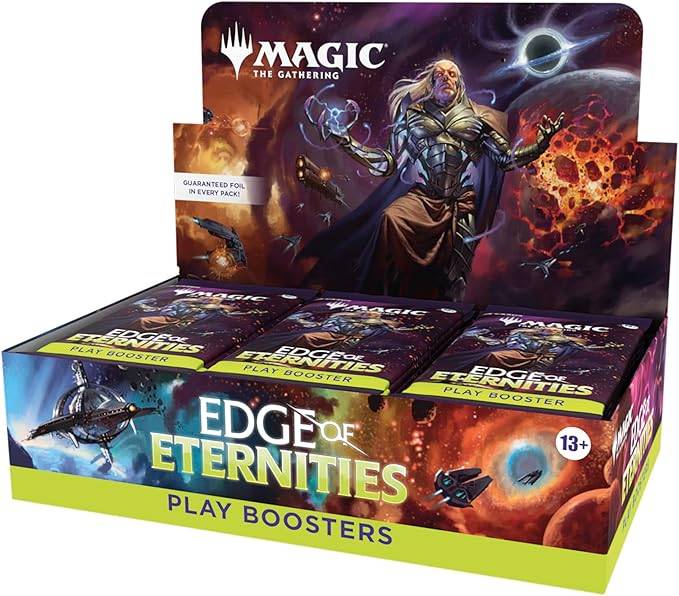CES always showcases an impressive array of laptops, and this year's event was no different. I explored the bustling show floor and numerous packed suites and showrooms to pinpoint the key trends shaping gaming laptops for the current year. Here are the major themes that stood out in the world of gaming laptops at CES.
A Huge Diversity of Designs
The variety in gaming laptop designs has always been broad, but this year, the diversity felt more pronounced. This is partly due to brands like Gigabyte and MSI pushing the boundaries between productivity and gaming, and partly because high-end gaming laptops are now expected to offer something "extra" beyond their hardware specifications.
This year, you can anticipate a wider range of gaming laptops. For instance, the Gigabyte Aero series offers sleek, elegant designs that blend seamlessly into professional environments. In contrast, the MSI Titan 18 HX AI Dragonforged Edition boasts bold graphics on its lid, making a statement about its top-tier capabilities.
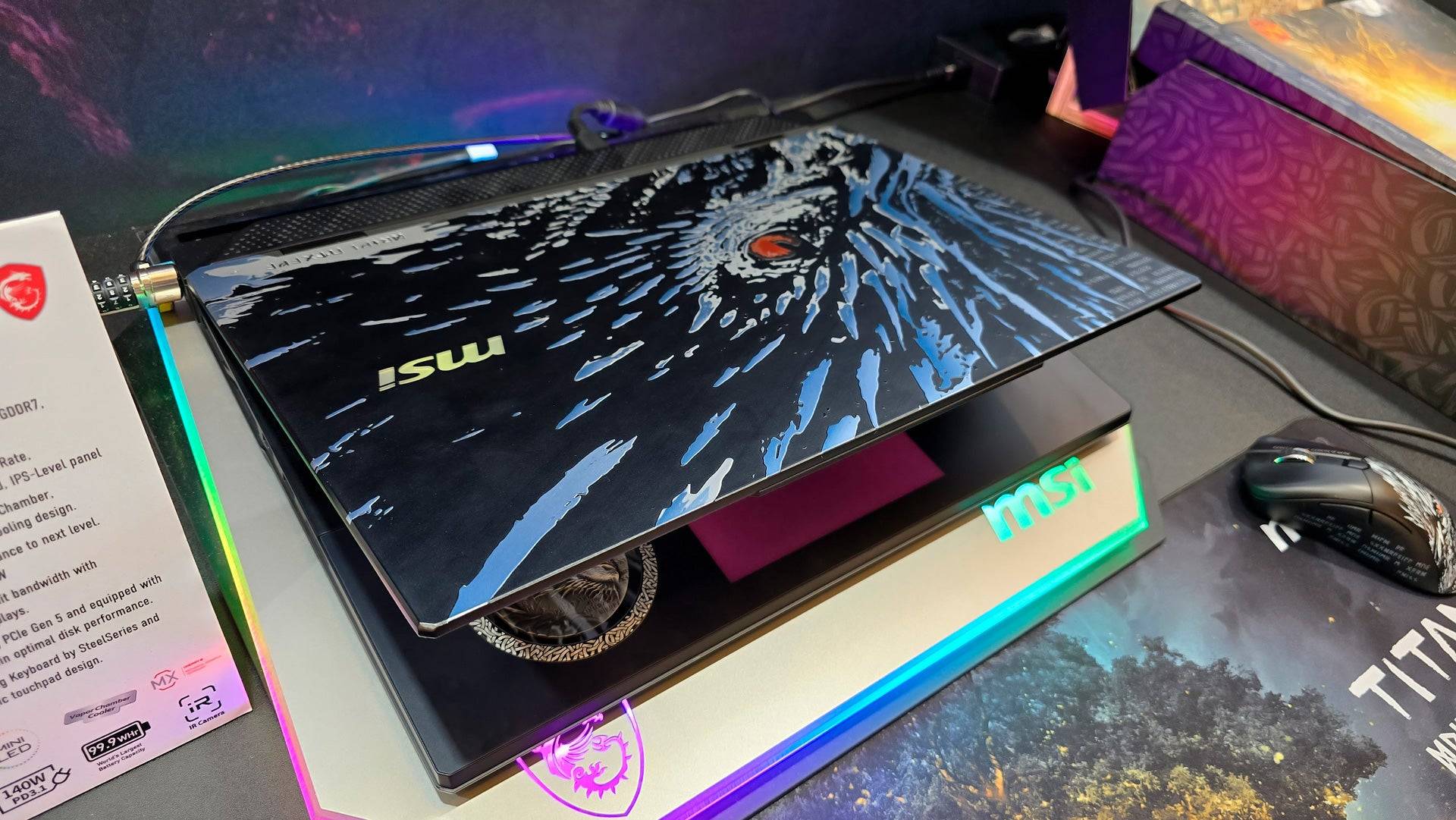 As expected, RGB lighting remains a focal point for many models. I encountered laptops with wrap-around lighting rings, illuminated mechanical keyboards, side-lights, rear-lights, and even trackpad lights. The Asus ROG Strix Scar series particularly stood out with its AniME Dot Matrix LED display, which can showcase text, animations, and more using white LEDs on the laptop's lid.
As expected, RGB lighting remains a focal point for many models. I encountered laptops with wrap-around lighting rings, illuminated mechanical keyboards, side-lights, rear-lights, and even trackpad lights. The Asus ROG Strix Scar series particularly stood out with its AniME Dot Matrix LED display, which can showcase text, animations, and more using white LEDs on the laptop's lid.
While the core design principles remain largely unchanged, expect to see some intriguing novelties alongside the traditional spectrum of large, heavy laptops to sleek, lightweight models with diverse hardware options.
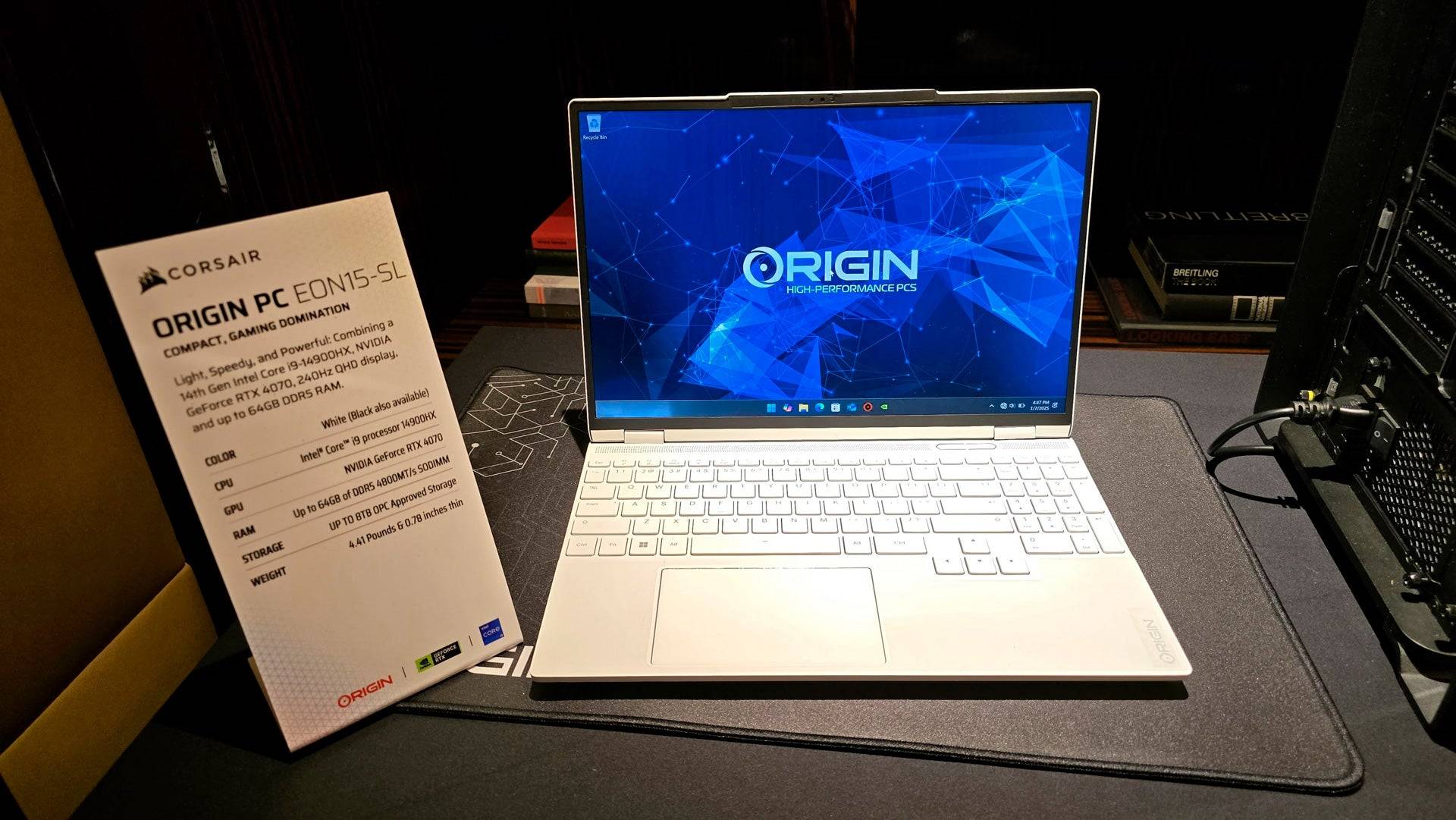 AI Assistants are Coming
AI Assistants are Coming
Last year, AI integration in laptops was a promising yet often underwhelming feature. This year, however, multiple vendors showcased AI Assistants designed to control your PC without the need for manual software interaction.
During one demonstration, an MSI representative showed how the chatbot could adjust performance settings to match the intensity of a requested game, automatically switching to the highest performance mode. While these systems are intended to operate offline, I remain skeptical about their efficiency compared to manually adjusting settings. We'll need to see how these AI Assistants perform once fully implemented.
Mini-LED, Rollable Displays and Other Novelties
Mini-LED technology is finally making a significant impact in the gaming laptop market. Brands like Asus, MSI, and Gigabyte displayed Mini-LED laptops with top-of-the-line specs and prices. While we've seen hints of this technology before, it now appears more refined and ready for the market. The laptops I viewed were stunning, featuring over 1,100 local dimming zones for reduced blooming and increased contrast, along with exceptional brightness and vibrant colors. Although OLED still leads in contrast, Mini-LED's lack of burn-in risk and higher sustained brightness are exciting developments.
There were also some intriguing novelties. The ASUS ROG Flow X13, returning after a year's hiatus, now supports eGPU via USB4, eliminating the need for proprietary connections. In the suite, Asus showcased it connected to a new eGPU product rumored to include up to an RTX 5090. It's like the Microsoft Surface, but supercharged for gaming.
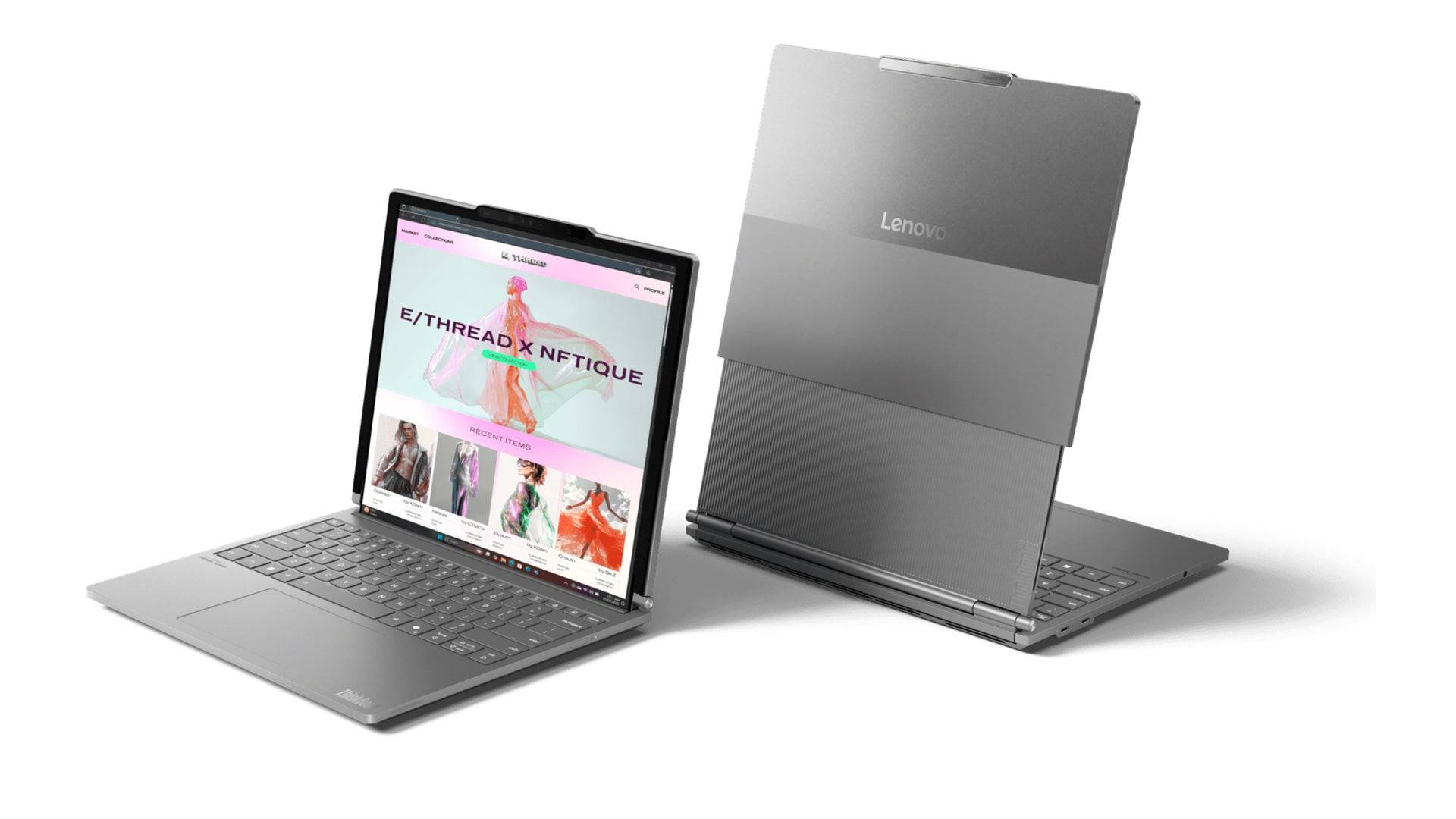 Elsewhere, Asus presented the Zenbook Duo, a dual-screen productivity laptop, but Lenovo stole the show with the most innovative laptop: the Lenovo ThinkBook Plus Gen 6 Rollable. Although not a gaming laptop, it's the first notebook to feature a rollable OLED display. At the press of a button, its 14-inch screen extends upward, adding an extra 2.7 inches of display space. While the initial design may look awkward and concerns about the durability of the extension mechanism persist, it's a pioneering product that promises further refinement in future iterations.
Elsewhere, Asus presented the Zenbook Duo, a dual-screen productivity laptop, but Lenovo stole the show with the most innovative laptop: the Lenovo ThinkBook Plus Gen 6 Rollable. Although not a gaming laptop, it's the first notebook to feature a rollable OLED display. At the press of a button, its 14-inch screen extends upward, adding an extra 2.7 inches of display space. While the initial design may look awkward and concerns about the durability of the extension mechanism persist, it's a pioneering product that promises further refinement in future iterations.
Ultrabooks Continue to Rise, Even for Gaming
Ultrabooks are increasingly prevalent, even within gaming line-ups. Major manufacturers now offer Ultrabook gaming laptops, characterized by their thin, light, and premium minimalist designs. Gigabyte, for instance, has revamped its Aero series to embrace the Ultrabook form factor, and the models I saw were impressive.
This trend is not surprising. For those who don't need to run the latest games at the highest settings, these Ultrabooks offer a perfect blend of portability and productivity while still allowing for gaming. My review of the Asus TUF Gaming A14 last year demonstrated that it's possible to integrate a dedicated graphics card into these machines without compromising their on-the-go productivity.
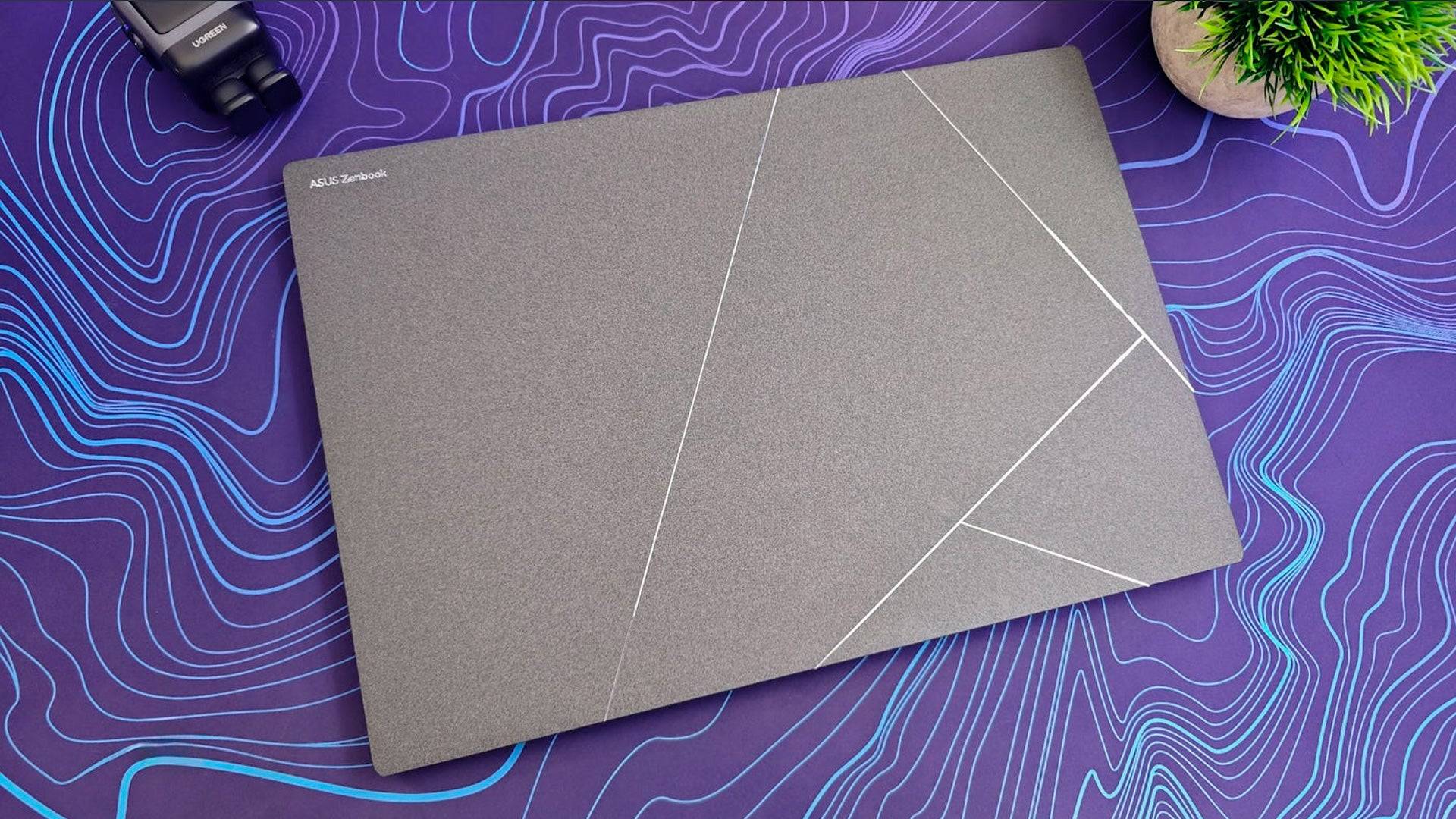 Moreover, if you're willing to adjust settings, you might bypass the need for a laptop with a dedicated graphics card altogether. The latest AMD and Intel processors are surprisingly adept at gaming, as evidenced by the performance of recent handheld devices. With enhanced integrated graphics and features like AMD FidelityFX Super Resolution and Intel XeSS, along with frame generation, you can achieve a playable state for relatively demanding games. For casual gamers, this might be sufficient, raising questions about the future necessity of lower-performance chips like the RTX 4050M.
Moreover, if you're willing to adjust settings, you might bypass the need for a laptop with a dedicated graphics card altogether. The latest AMD and Intel processors are surprisingly adept at gaming, as evidenced by the performance of recent handheld devices. With enhanced integrated graphics and features like AMD FidelityFX Super Resolution and Intel XeSS, along with frame generation, you can achieve a playable state for relatively demanding games. For casual gamers, this might be sufficient, raising questions about the future necessity of lower-performance chips like the RTX 4050M.
Cloud gaming also presents a viable option for these machines. Services like Xbox Cloud Gaming and Nvidia GeForce Now have reached a point where you can enjoy a quality gaming experience without needing a traditional "gaming" laptop.
The world of gaming laptops saw many exciting developments at CES, and we'll continue to cover these trends throughout the year. What caught your attention? Share your thoughts in the comments below!


